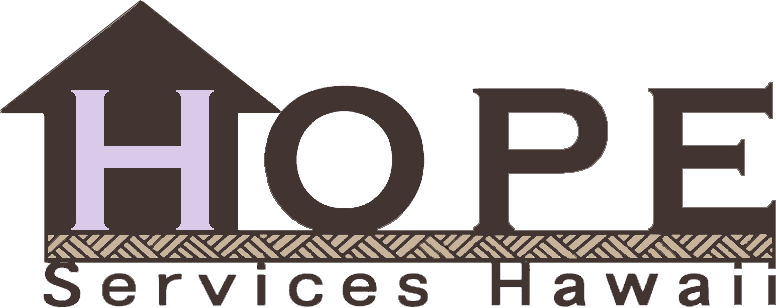HONOLULU (HawaiiNewsNow) – Ed Yeichy is used to celebrating firsts.
He was the first in his family to go out-of-state for college. And the Hilo native was also the first Micronesian ever to be accepted to Columbia University.
The rising junior got a full scholarship and is a double majoring in pre-med and pre-law.
When he’s home, the 20-year-old volunteers with the Hope Services street medicine team, helping them connect with Micronesians who are homeless by bridging the language gap.
In downtown Hilo, near the Mooheau Bandstand, volunteers with the Hope Services street medicine team spend their Wednesdays building connections with people who are often avoided.
Yeichy knows first-hand what it feels like to be the odd one out.
“When I was young, I was always teased or insulted for where I came from,” he said.
While he grew up in Hilo, English is his second language.
“We spoke Chuukese at home and then I learned English after,” he said.
Yeichy said his parents migrated to Hawaii Island in the 1980s. “They came from Chuuk Micronesia. They were part of the first wave of Micronesians during COFA,” he said.
The Compacts of Free Association are a series of treaties written after World War II as compensation for the loss of life, health and land due to nuclear weapons tests that the US government conducted on the Marshall Islands and other nearby atolls.
The treaties allow Micronesian citizens to live and work in the United States without a visa. The pact also entitles them to social and health services.
Today, there are about 15,000 Micronesians living in Hawaii, about 1% of the state’s population.
“There’s a very negative stigma that surrounds them,” Yeichy said. “And personally I want to be able to change that stigma.”
He believes that change starts with communication.
“I think our community, they’re very uncomfortable speaking with other people. And that’s where I come in, where I can step in and be a bit of a bridge,” said Yeichy.
Hope Services agrees.
It’s why the nonprofit has been hiring people from the Micronesian community to work in its shelters and on outreach teams.
Yeichy’s ability to translate allows Hope Service’s street medicine team to connect with people they otherwise wouldn’t be able to communicate with.
It’s hard to say exactly how many COFA migrants are homeless in Hawaii. Much of the data is old.
According to a Department of Human Services report released in 2015, close to 10% of Hawaii’s Micronesian population are either living on the street or in a shelter — a total of 1,150 people.
During a recent outreach, Yeichy started chatting with a man living in the park, telling the street medicine team doctor, “He said he doesn’t really sleep much. Leg pain. Back pain.”
“It was sad at first,” said Yeichy. “Because he wasn’t able to communicate that. And they (the team) thought he didn’t want help at first and I stepped in.
That’s when he told me he would appreciate help.”
While Yeichy is still deciding if he wants to pursue a career in medicine or law, he’s adamant about using his skills to help the people of Hawaii Island — showing them that even in the lowest times there’s always hope. You just have to push hard enough.
“I want to inspire other Micronesians to do what they can to kind of move up in society,” he said.
“Upward mobility as a group.”
Yeichy returned to New York City last month to go back to college but tells HNN he’ll continue to volunteer with the Hope Services street medicine team when he returns home for break.
In the meantime, the outreach team says it could use more translators.
Call the non-profit at 808-935-3050 for more information.
